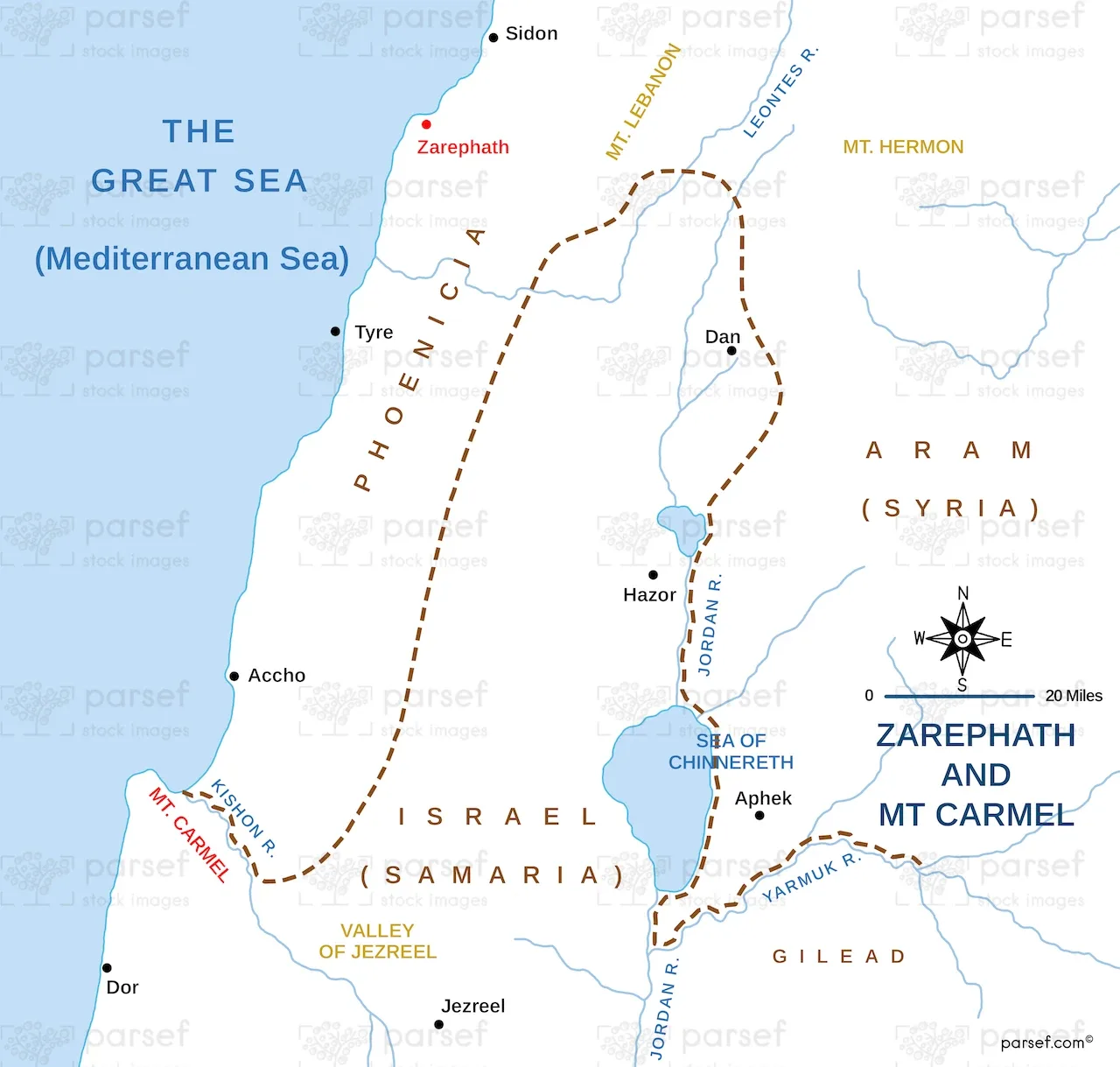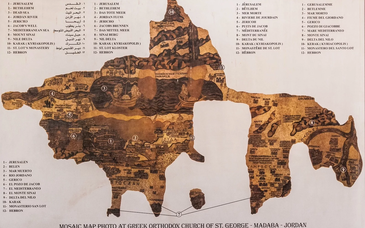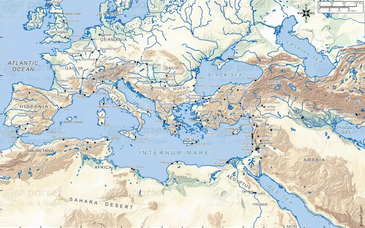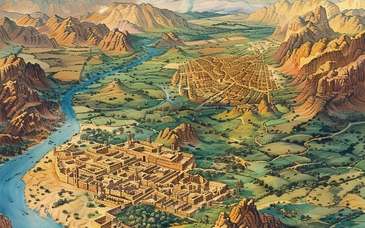Zarephath and Mount Carmel are significant sites that are steeped in biblical history and narratives that highlight both faith and divine encounters. This article delves into the rich past of these locations, exploring their biblical importance, geography, and the stories that have resonated through centuries.
Zarephath: A Biblical Town of Miracles and Provision
Historical and Geographical Context
Zarephath was an ancient Phoenician city situated on the Mediterranean coast between Tyre and Sidon in what is now modern-day Lebanon. It held strategic importance due to its location in the region of Phoenicia, renowned for its prosperous trade and seafaring culture. In biblical texts, Zarephath's role goes beyond just geography; it serves as a place where pivotal miracles unfold, showcasing themes of faith and divine providence.
The city is most famously mentioned in the context of the Prophet Elijah's sojourn during a devastating drought and famine. This event is chronicled in the First Book of Kings, Chapter 17. According to the narrative, God instructed Elijah to go to Zarephath, where he would be sustained by a widow. Upon meeting her, Elijah asked for water and bread. Despite her dire circumstances—only enough food left to prepare a final meal for herself and her son—the widow agreed to help Elijah. Miraculously, her jars of flour and oil did not run out during the entire famine, symbolizing God's unwavering provision.
For those interested in exploring the location's historical layout, "zarephath bible map" and "zarephath map" searches provide insightful visualizations of where this ancient town was located relative to major biblical cities and routes.
Archaeological Insights and Present-Day Identification
While the exact site of ancient Zarephath has not been definitively unearthed, many scholars believe it corresponds to the area of modern Sarafand, Lebanon. Sarafand’s coastal positioning aligns well with descriptions in the Bible and accounts from ancient historians. Excavations in the region have yielded artifacts and remnants from Phoenician settlements, hinting at the historical richness of Zarephath during the time of its biblical prominence.
Religious Significance
The story of Elijah and the widow of Zarephath resonates deeply in Christian and Jewish teachings, emphasizing trust in divine guidance and the blessings of selfless acts. It serves as a testament to the idea that divine aid can come from unexpected places and people, highlighting the reach of God’s influence even outside the bounds of Israel.
Mount Carmel: A Sacred Ridge of Divine Encounters
Geography and Overview
Mount Carmel is a prominent mountain range located in northwestern Israel, stretching from the Mediterranean Sea and inland toward the Jezreel Valley. Its highest peak reaches approximately 1,724 feet (525 meters), providing a panoramic view of the surrounding landscape. The fertile slopes of Mount Carmel have supported human settlement for thousands of years and have been associated with both pagan and monotheistic worship practices.
The Story of Elijah on Mount Carmel
Mount Carmel's most famous biblical story is found in 1 Kings 18, where the Prophet Elijah challenged the prophets of Baal to a contest to prove the power of the true God. During the reign of King Ahab and Queen Jezebel, Israel had succumbed to widespread idolatry, with Baal worship becoming a common practice. Elijah, moved by his devotion to the God of Israel, called for a dramatic showdown to reveal whose deity held real power.
The challenge involved two altars prepared for sacrifice: one for Baal and one for Yahweh. The prophets of Baal called upon their god from morning until afternoon without success. Elijah then rebuilt a stone altar dedicated to Yahweh, drenched it with water to underscore the miracle that was about to happen, and called upon the Lord. A fire from heaven immediately consumed the offering, proving to the gathered crowds that Yahweh was the one true God. This led to a revival of faith among the Israelites and the end of a severe drought.
Mount Carmel's Continued Significance
Mount Carmel remains a symbol of faith, divine revelation, and the struggle against spiritual corruption. It stands as a testament to the power of prayer and the strength of unwavering faith in the face of adversity. The site is revered by various religious groups, including Christians, Jews, and the Baháʼí faith, which sees the mountain as a place of peace and spirituality. Today, visitors to the region can explore the Carmel National Park and the Monastery of Our Lady of Mount Carmel, which commemorates the site’s profound spiritual history.
Zarephath and Mount Carmel: Connections and Contrasts
While Zarephath and Mount Carmel are separated by some distance, their stories are intricately connected through the Prophet Elijah. Zarephath represents a period of exile, sustenance, and quiet miracles, while Mount Carmel symbolizes confrontation, public vindication, and the triumph of monotheism over idolatry. Both locations underscore themes central to the narrative of the prophet: resilience, faith, and divine intervention in moments of crisis.
For those interested in tracing the journeys of Elijah and understanding the physical context of these locations, referring to a zarephath map can provide better insights into its proximity to other biblical sites. Additionally, biblical atlases often showcase how the topography of Mount Carmel played a role in the dramatic events that unfolded there.
Zarephath and Mount Carmel are more than just geographical names on a map; they are enduring symbols of faith, miracles, and the power of divine will in human history. They tell the story of one prophet's journey through trials and victories, each site representing different aspects of a profound narrative that continues to inspire believers worldwide. Whether one seeks spiritual insight, historical depth, or geographical knowledge, these locations offer an entryway into understanding the profound narratives of the Bible.



